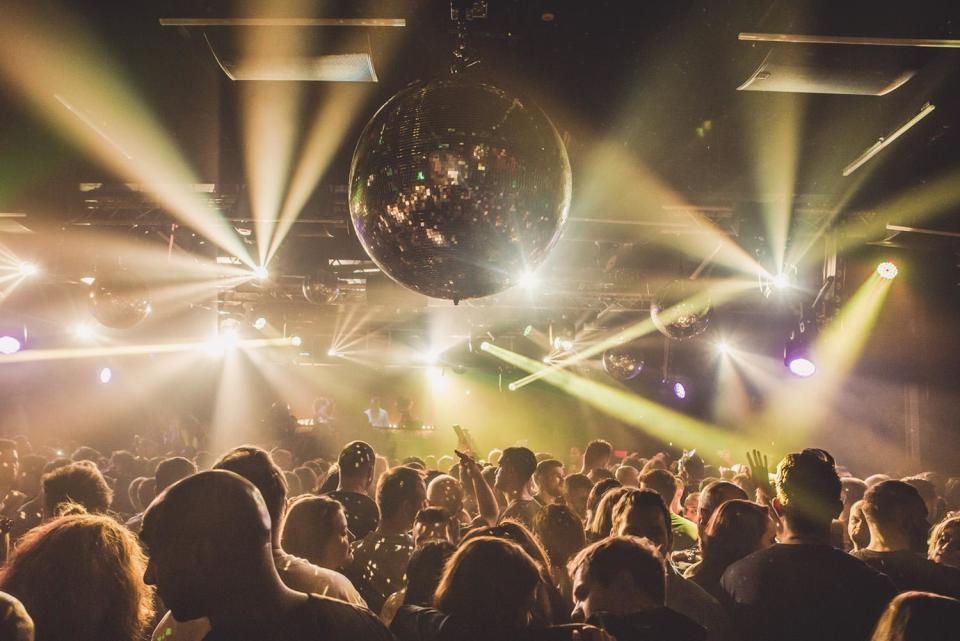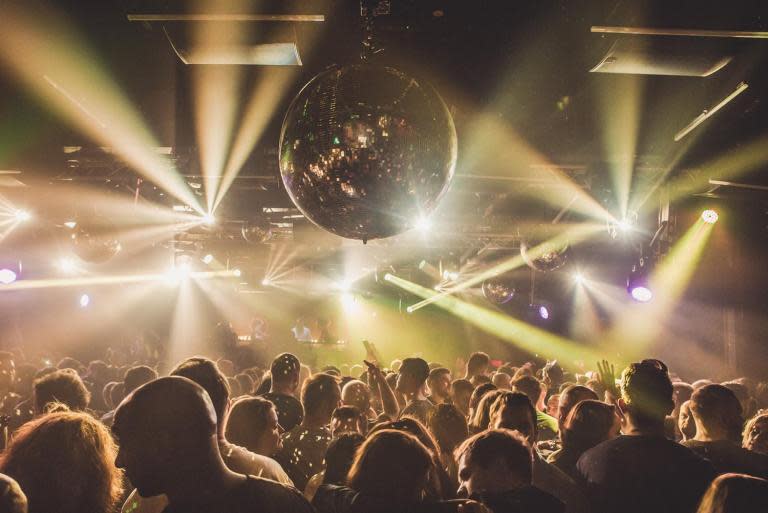Ministry of Sound: Everything you need to know about the London club
Just as the 90s were coming into view, Justin Berkmann returned to London from New York, alive with the vision of bringing a new type of club to the capital.
He had become enraptured by Paradise Garage, the legendary, now-extinct club that had dominated the Big Apple’s dance music scene through the 80s. Over here, he wanted to create his own version of that — a cavernous space that put its focus solely on the music.
Berkmann roamed the city to find a building worthy of such a club and, eventually, he found it: a disused car park in Elephant and Castle. Two years of building work and redevelopment followed before Ministry of Sound opened its doors in September 1991.
By that point, the hype surrounding the club was already massive. Its location was purposefully kept secret and the only attendees were those who had been handed free memberships at other dance events around London in previous weeks. What’s more, it had a no-alcohol licence for its first two years of existence, an idea that seemed outrageous to many. It didn’t prove a problem — British clubbers of the early 90s were fond of other substances to keep them dancing into the night and out the other side.
Legendary DJs including Frankie Knuckles, Paul Oakenfold and Larry Levan — who had held a residency at Paradise Garage — all came through to play while the club was still in its infancy, and set it up for more than 25 years at the forefront of the capital’s nightlife scene.
Today, the club still stands in the same spot in Elephant and Castle and is one of the city’s best-known venues, spread across four rooms. It has a worldwide influence, with branded nights out held across the globe, as well as a hugely successful record label.
This is the GO Clubbing guide to Ministry of Sound.
Vital statistics
Where is it? 103 Gaunt Street, SE1 6DP
What’s the capacity? 1,350
When did it open? September 1991
What’s the music like?
Varied, but always crowd-pleasing. This isn’t the place to hear super-weird techno or far-out ambient — rather, it’s all about thumping beats and hands-to-the-sky basslines. Expect to hear a lot of house, tech-house and trance at the weekend, with some grime, hip-hop, hardstyle and more thrown in for the midweek events.
Who plays there?
Big name DJs are almost invariably in the main room. Hannah Wants, Paul Van Dyk, Trevor Nelson, Paul Oakenfold, Charlie Sloth and Fedde Le Grand all got behind the decks in 2018 — which also proves just how diverse the bookings are at this club.
How expensive are tickets?
More expensive than many other London clubs, but about as pricey as you’d expect for such a well-known establishment. Weekend tickets usually start at around £14 on the first release, heading up to around £26 for the final batch. Expect to pay that much if you’re paying on the door, too.
Midweek, things are much cheaper. Early bird tickets go for as little as a fiver, and only increase by a couple of quid for later releases.
How late does it stay open?
At weekends, the parties keep on going well into the following day, with 6am the usual kicking-out time. Midweek shindigs are pretty late-running too, often closing round 2am.
How good is the sound system?
Very good indeed. It’s one of the city’s most famous set-ups, and made headlines back in the early days thanks to its 156db capacity — loud enough, on full blast, to seriously injure anyone subjected to it.
Thankfully, the club barely even uses 50 per cent of that, but it’s still a seriously powerful rig, with 64 speakers and six Martin Audio ground stacks in the The Box, the club’s main room. It’s heavy and detailed, which is exactly what’s needed.
In 2016, the club became the first in the world to be fitted with Dolby Atmos, a surround-sound system which offers an unrivalled level of immersion, wherever clubbers are on the dancefloor. It’s not used at every event, though, with only certain club nights making full use of it.
What should I wear?
The dress code isn’t especially strict, but it's still a fair bit tighter than a lot of places in London. The club asks that clubbers “arrive smartly dressed and keep it stylish, fashionable and fresh”. Jeans, t-shirts and trainers are allowed, but tracksuits and caps aren’t.
Is there a cloakroom?
Yes.
How do I get there?
Elephant and Castle is the nearest Underground station, served by the Northern and Bakerloo lines. It’s about a five-minute walk away. Borough, also on the Northern line, takes about 10 minutes on foot.
Neither of those stations are on the Night Tube, though. Make the slightly longer walk south to Kennington station for the 24-hour branch of the Northern line.

 Yahoo News
Yahoo News 

